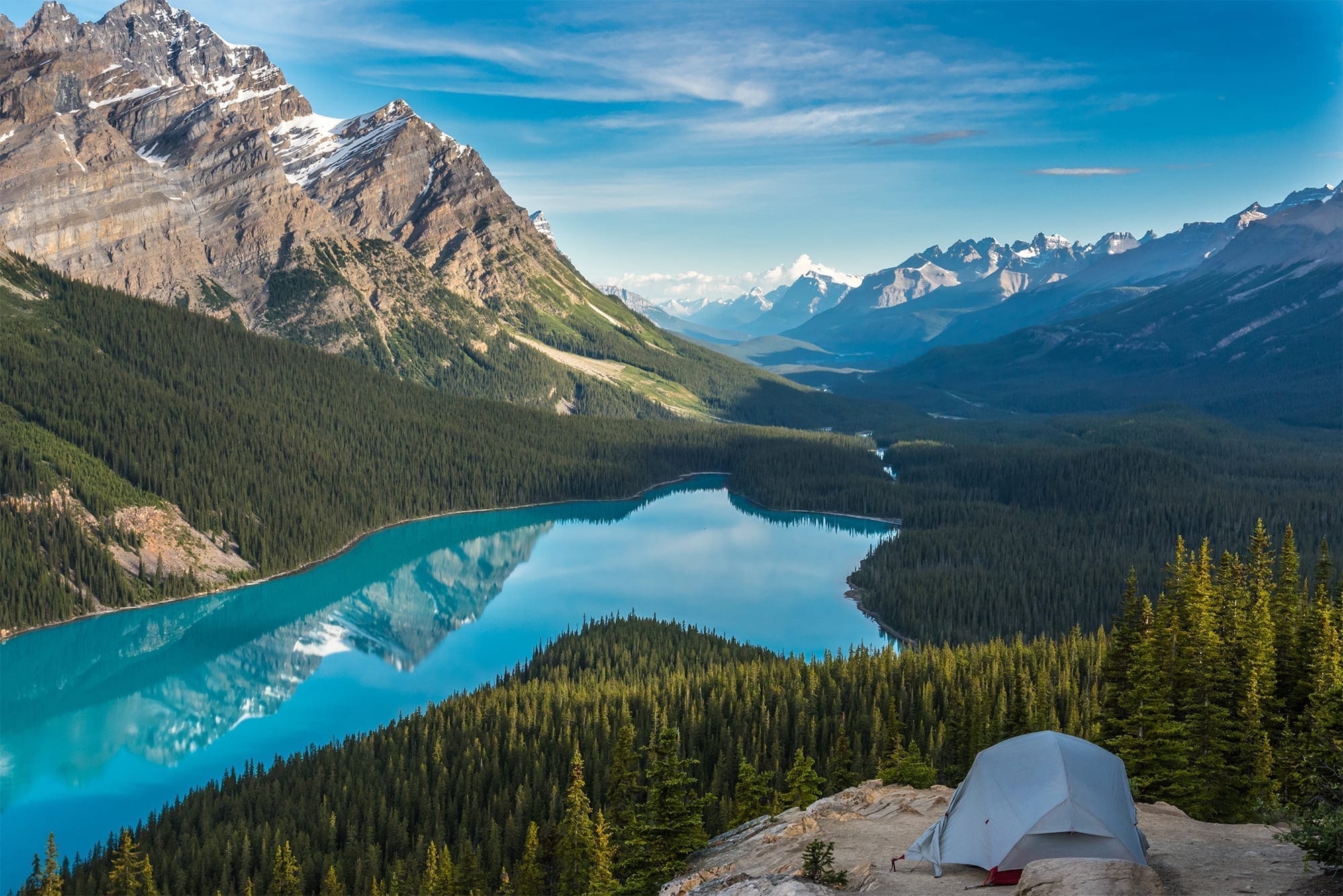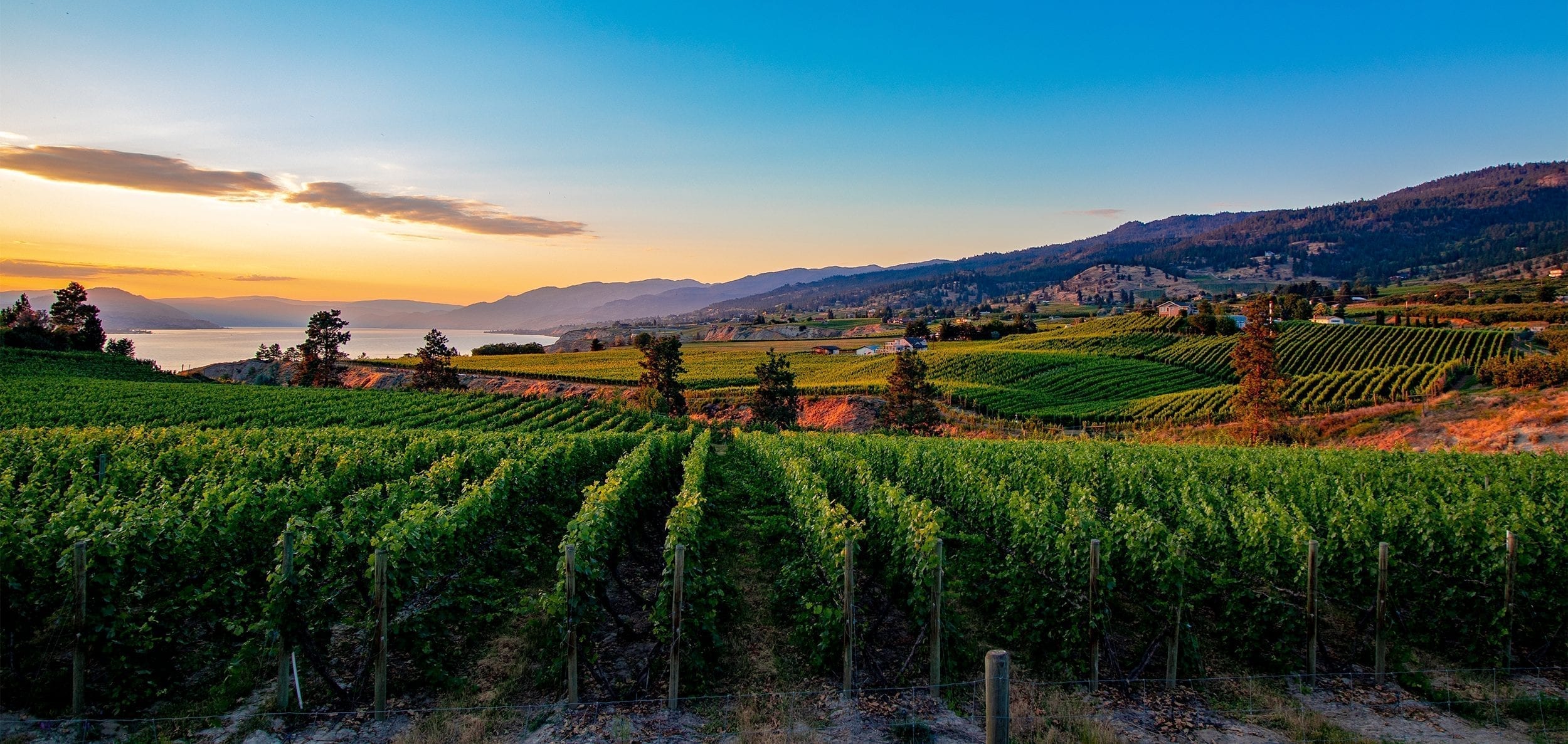Rich Indigenous Cultures of Western Canada
Indigenous Culture
Long before European settlers arrived in Canada, indigenous peoples were the sole custodians of the land, living in harmony with it and passing down a deep respect for nature through their unique cultures.
British Columbia once had the largest population of Native communities anywhere in Canada, though today their numbers are sadly decreasing. While there are more than 200 unique tribes who call this region home, their nomadic way of life and reliance on similar natural resources, like salmon, creates a common cultural bond.
Learn about Western Canada’s Indigenous population, and find yourself mesmerized by vivid folklore, a deep connection with nature, world-renowned art, and traditional modes of cooking, adapted over the centuries.
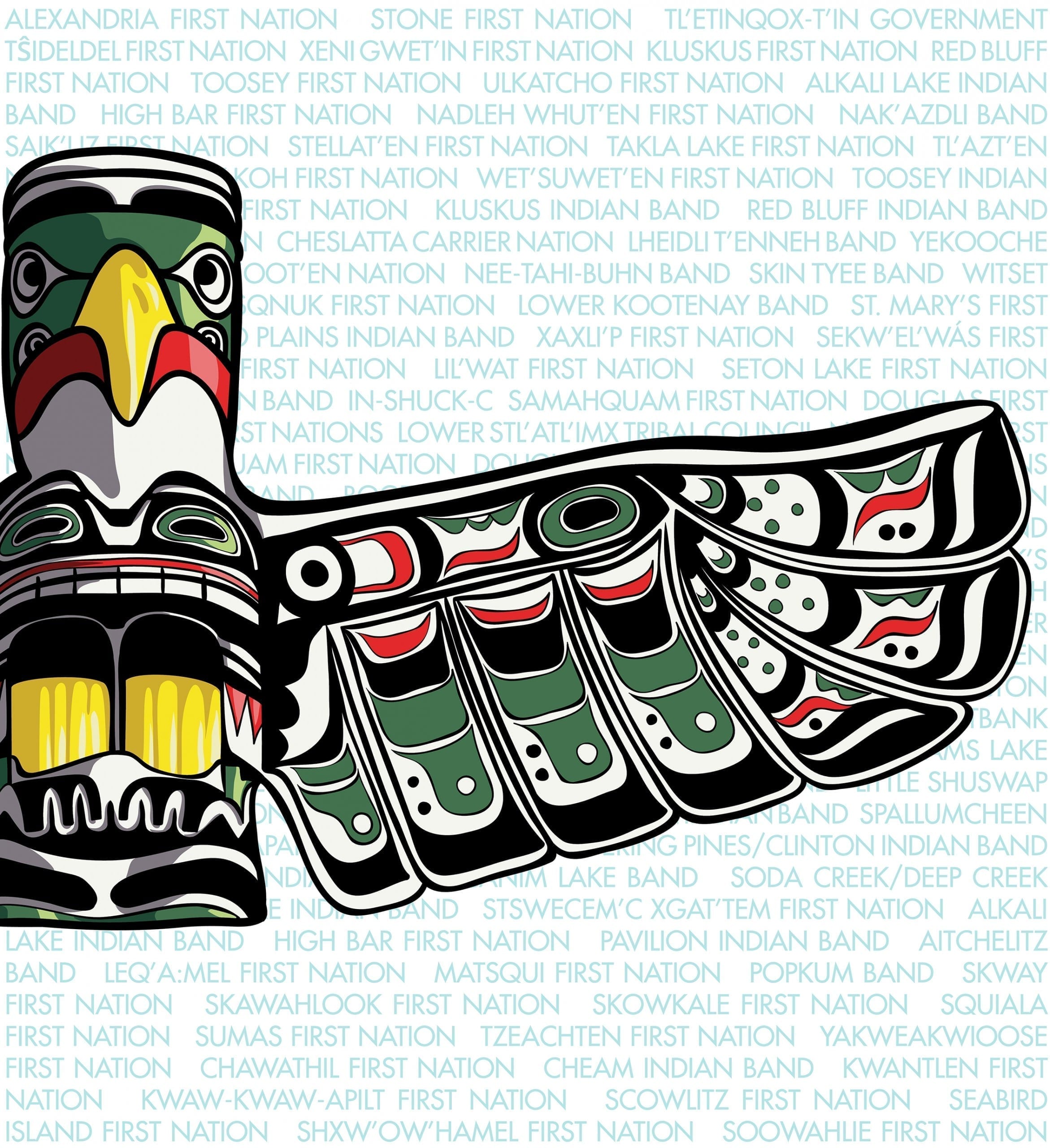
These are just a few of the great First Nations who have given so much to this beautiful land:
One of the many ways the Indigenous people of Western Canada preserve their culture is through linguistic groups. Here are a couple of note:
Tsimshian Linguistic Group
One of the largest First Nations linguistic groups in Northwest B.C., Tsimshian nations count roughly 10,000 people today. They established their villages of longhouses near the coasts, where they could fish the salmon that was once so populous around here. Salmon is still an important dietary staple for Tsimshian people, whose traditions are deeply tied to the sea.

Tlingit Linguistic Group
Tlingit people form a large linguistic group, which encompasses many distinct tribes and family groups. A semi-nomadic people, Tlingit groups moved from the Pacifc coast of Alaska to the inland Boreal forests of B.C. and along the Yukon River, following migrating populations of salmon, caribou, and moose, as well as small game like marmots and duck. Tlingit people have always been artists, and this is one of their enduring legacies today — mythological stories and their rich history come alive through intricate soapstone sculptures and totem pole carvings.
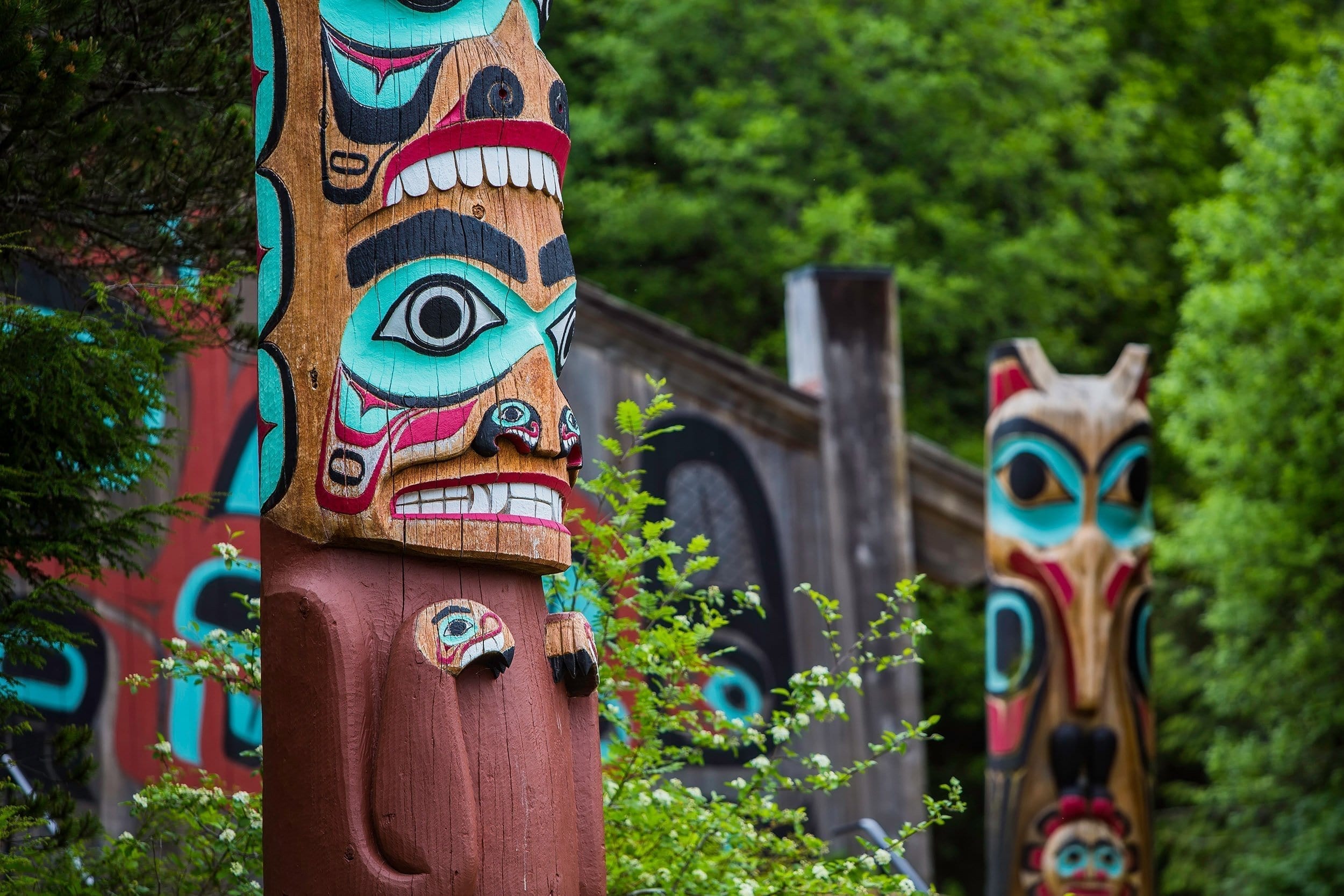
If you want to get to know a group of people, try their food. For the Indigenous people of Western Canada, that means Bannok.
Bannok
Every culture has their signature carb — France has baguette, Italy has pasta, India has naan etc. For Canada’s First Nations people, bannock is the beloved bread served with just about any meal.
Before European settlers colonized what we now know as North America, and brought wheat with them, First Nations people would bake bannock from grinding corn, nuts, and plants together into a flour, and baking it either into a flatbread or a more dense, scone-like consistency, depending on the family. Bannock often has fruit in it, and it’s a perfect vehicle to sop up anything saucy. It could be toasted over an open fire, pit-cooked buried in the sand, or baked in ovens made from stone or clay. Post-contact, bannock started to be made with wheat — today, it continues to be a dietary staple of First Nations communities, and beloved by Canadians and tourists alike.
See the full recipe
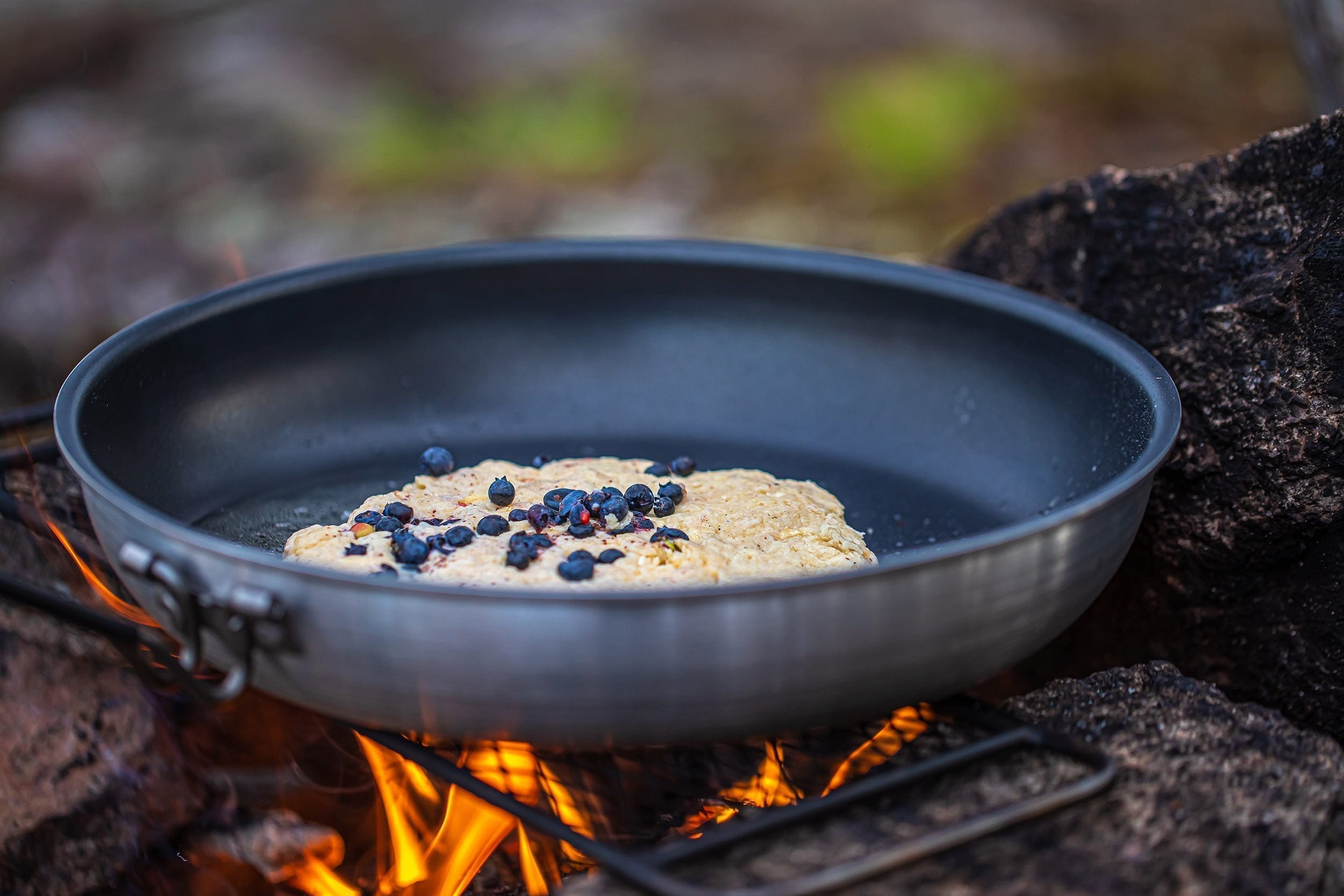
The rich Indigenous culture is only part of the story. Discover more experiences in Western Canada.





